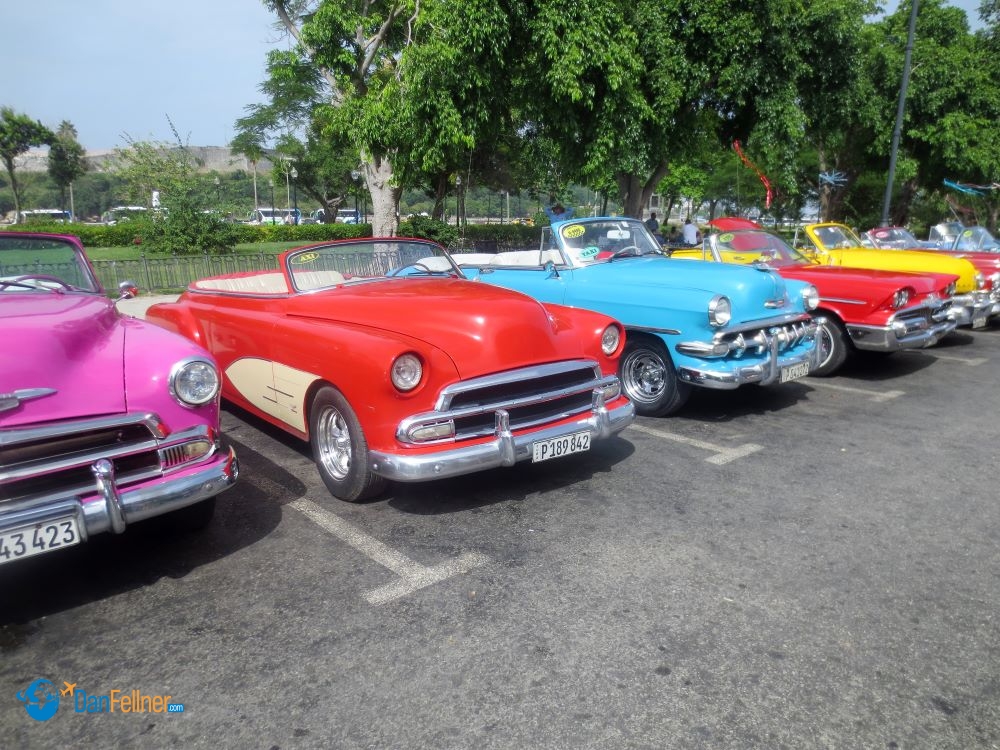Antique cars a highlight of trip to formerly off-limits Caribbean island
The Arizona Republic — September 16, 2018
HAVANA, Cuba – The first thing you notice is the cars.
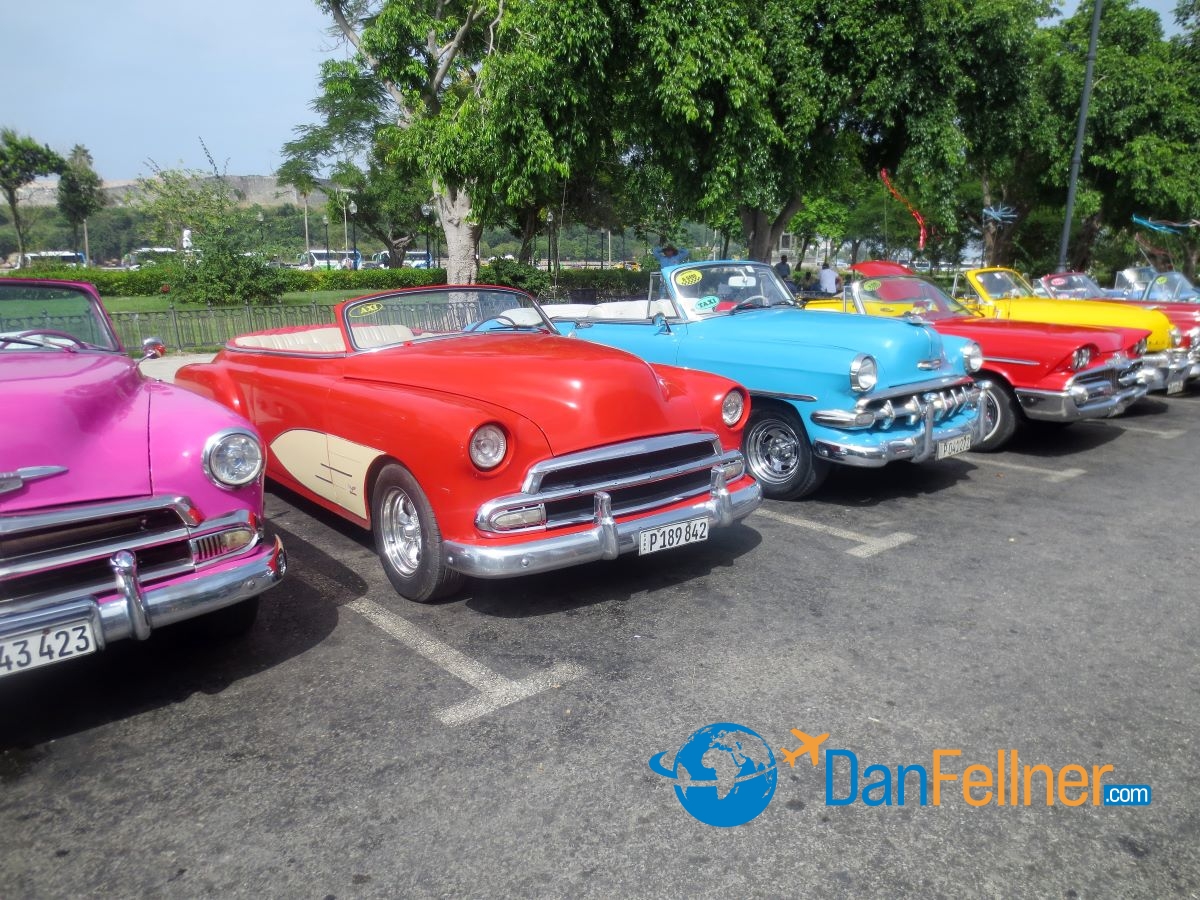
Vintage American convertibles from the 1950s parked in downtown Havana.
Say what you will about the Cuban government, you can’t help but marvel at the classic American automobiles that make this city of more than two-million people look like an enormous open-air car museum.
The streets of Havana are full of brightly painted American cars in a wide array of colors – many of which are sleek, two-toned convertibles — built in the 1950s.
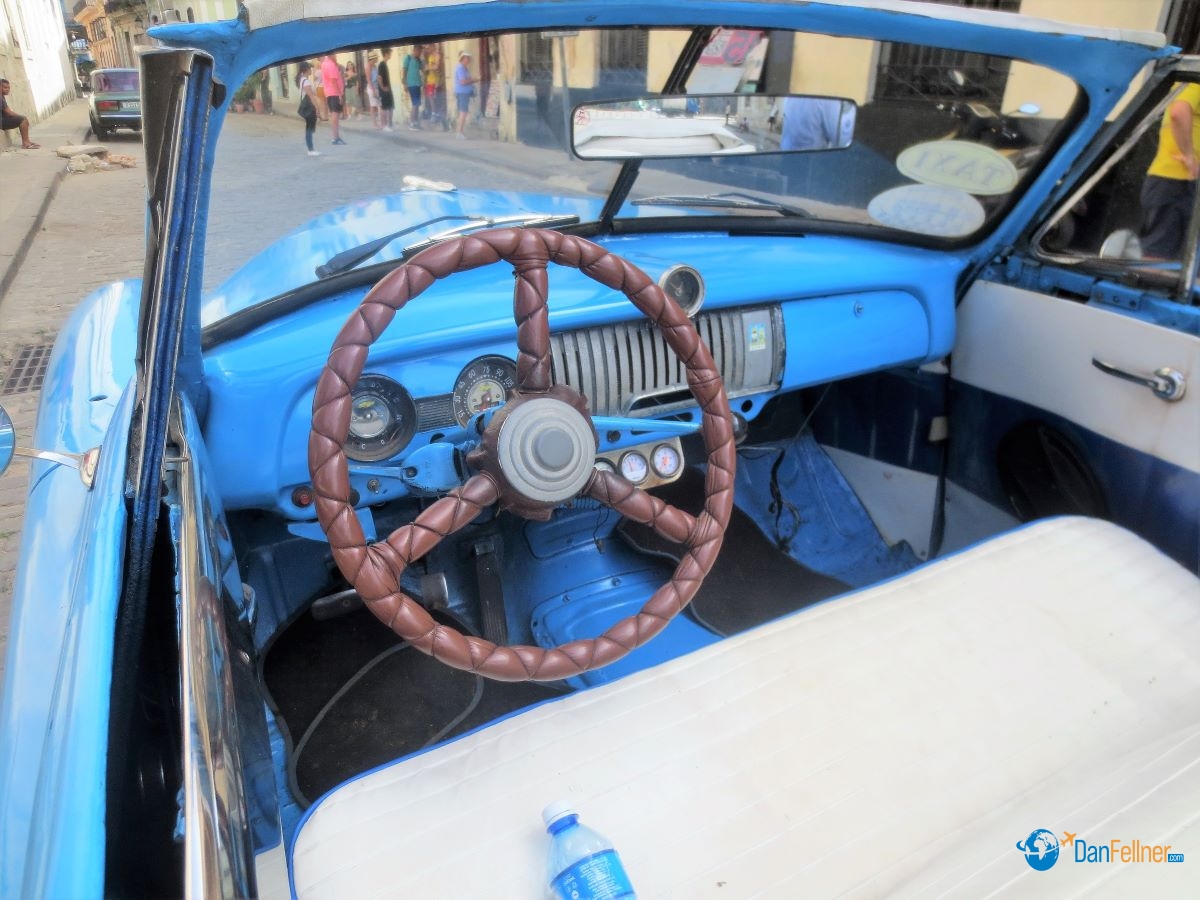
American-made convertibles from the 1950s are found throughout Havana.
Most are Chevrolets, although you’ll also see vintage Fords and Plymouths. Known by the locals as “almendrones” because they’re shaped like giant almonds, some of the vehicles look like they’re right off the assembly line. Others resemble clunkers that have been salvaged from a scrapyard.
But the fact that the cars are still running is a testament to the Cuban people, who’ve had to make due with restrictive laws on foreign car imports and an American trade embargo since dictator Fidel Castro gained power in 1959.
My visit to Havana was easily the highlight of a 14-day cruise on the Holland America Veendam that started and ended in Boston, with stops in two Cuban ports, as well as visits to Florida’s Key West, Grand Cayman, Jamaica and a private island owned by Holland America called Half Moon Cay.
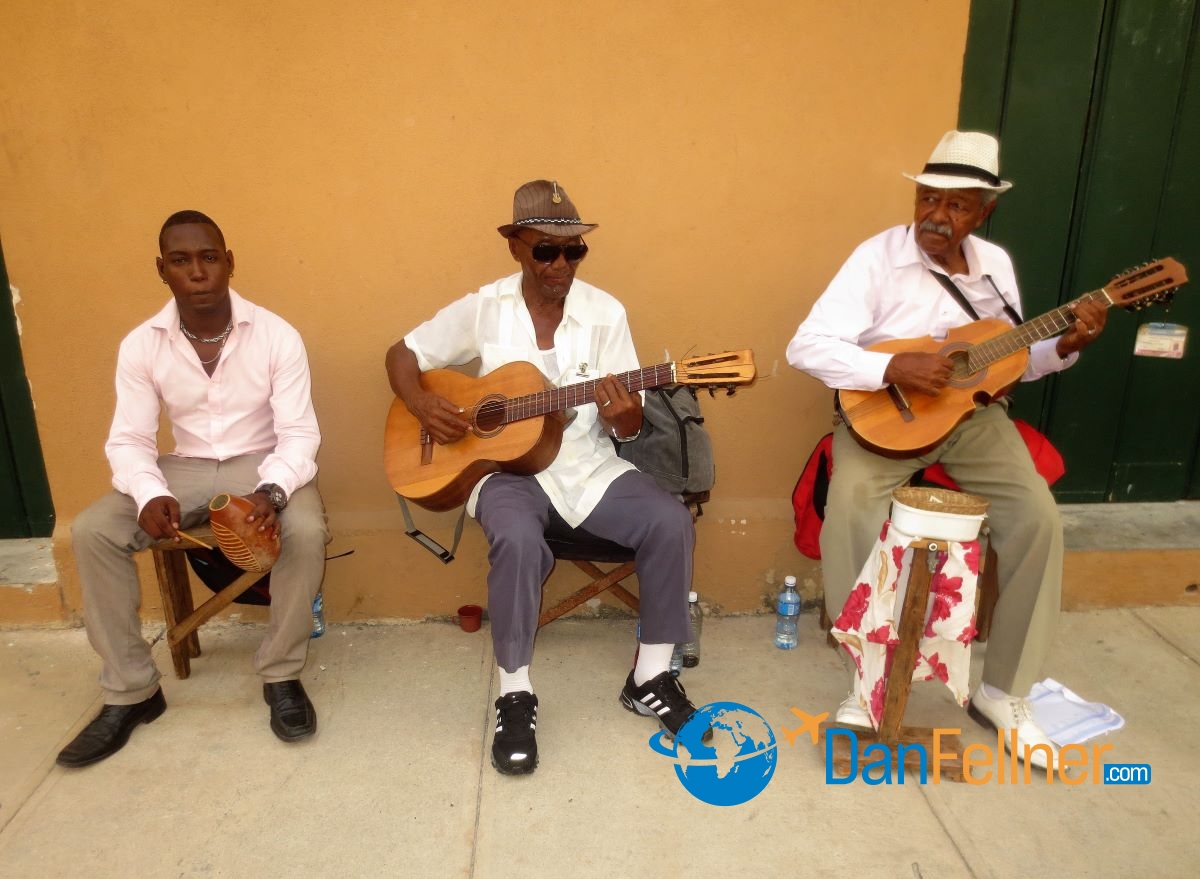
Street musicians in downtown Havana.
Like most of my fellow 1,400 passengers from 27 countries, I chose the cruise primarily because it offered a rare chance to visit Cuba (pronounced Koo-bah by the locals), which had been mostly off-limits to American tourists until President Obama reestablished diplomatic relations with the island in 2015 after a 55-year hiatus.
However, the Trump Administration last year tightened sanctions on Cuba and the State Department later issued a level 3 – “reconsider travel” — advisory after it accused the Cuban government of attacks on U.S. Embassy employees in Havana that caused hearing problems, headaches and other health issues.
For travelers, it’s important to note that Cuba is actually safer than many other Caribbean islands. Street crime in Havana is rare and I encountered no anti-American sentiment.
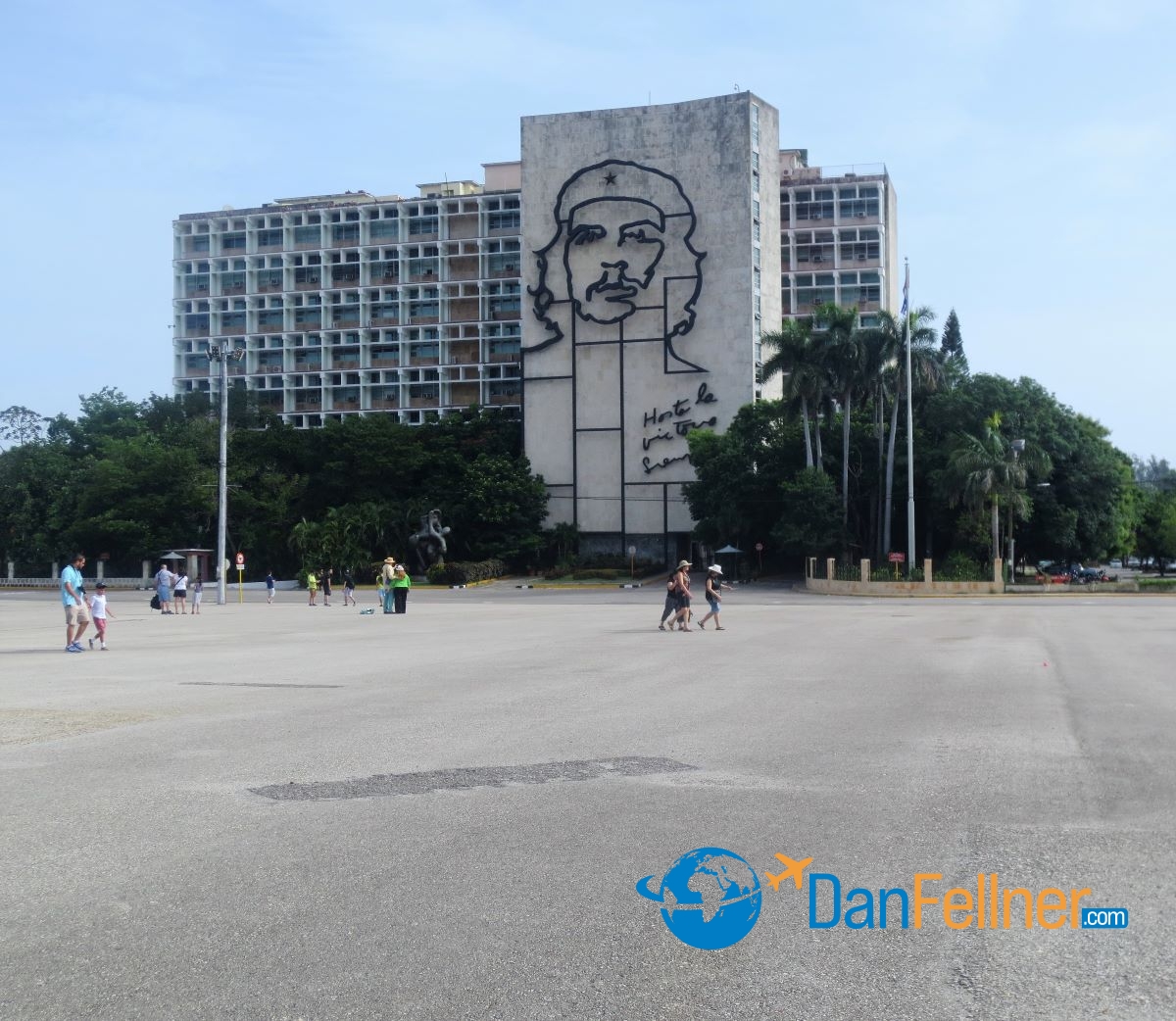
A steel monument to Che Guevara in Havana’s Revolution Square.
In short, Americans can still visit Cuba, but need to sign a U.S. government affidavit stating they are participating in at least one of a number of approved activities, the most common of which is a “people-to-people exchange arranged by a sponsoring organization.”
Cuba, the largest island in the Caribbean, has a population of 11.5 million. Shaped like a crocodile, it’s located only about 100 miles south of Key West.
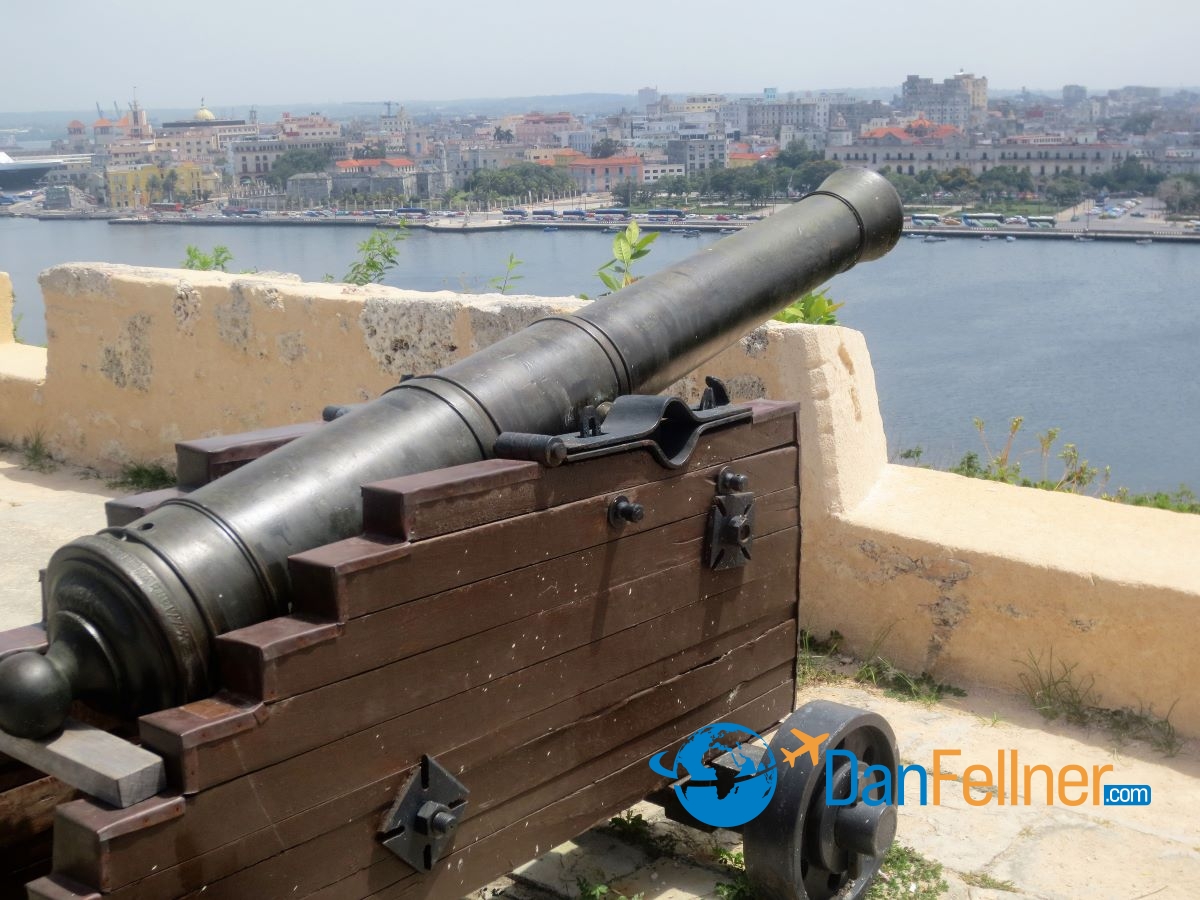
A cannon inside the 18th century Fortress de San Carlos de la Cabana in Havana.
The island offers much more than just eye candy for antique car buffs. Havana is a vibrant city with eclectic architecture reflecting its Spanish colonial history, numerous cathedral-anchored plazas, and a culture rich in art and music.
There are street musicians on seemingly every block. I attended two formal concerts, both of which featured Latin rhythms and a percussion-heavy sound that had many members of the audience out of their seats and dancing (see video shot by the author: Havana musical performance).
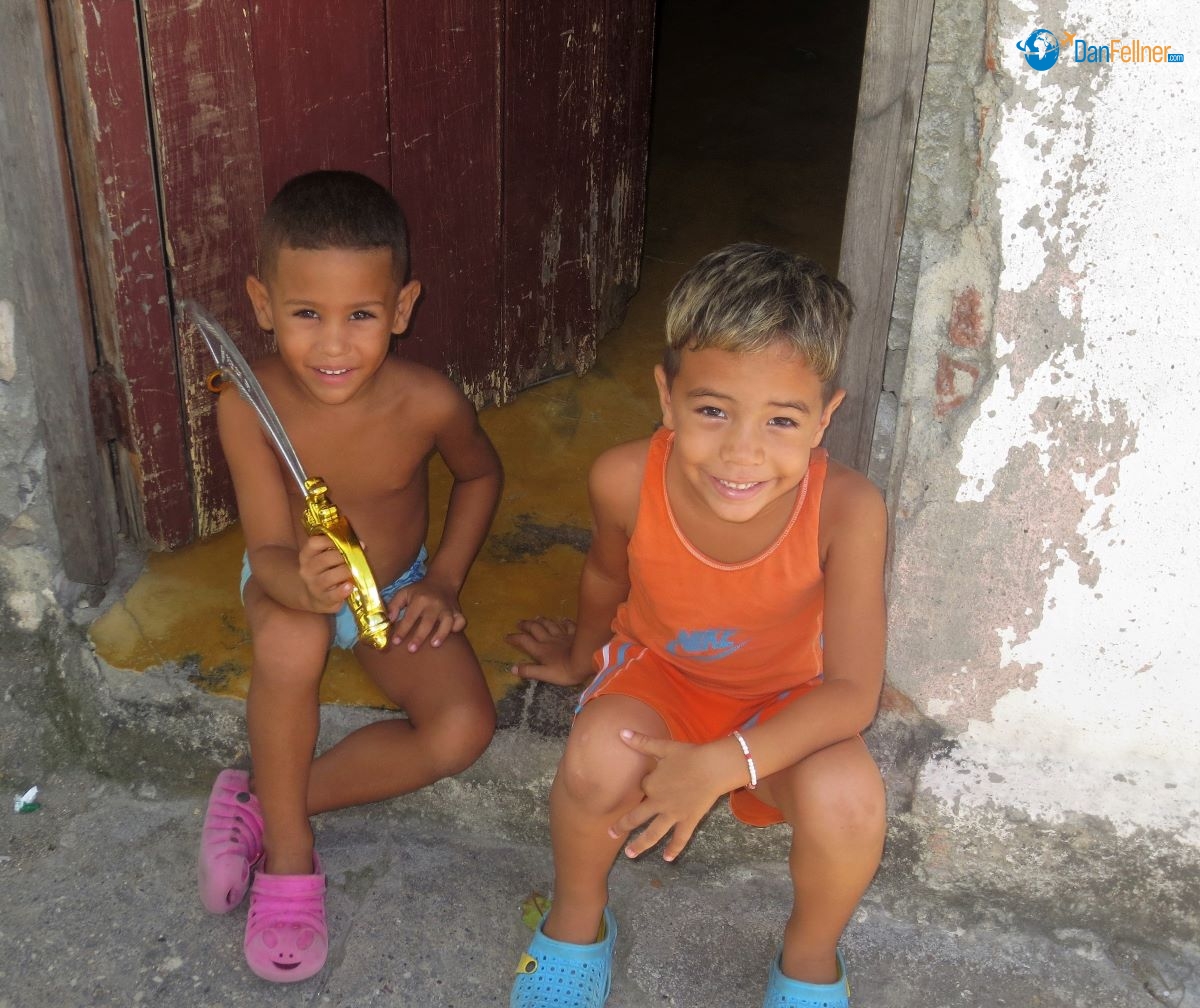
Cuban children in the city of Cienfuegos.
In 2016, the Veendam’s port lecturer, Francisco Gonzalez Larumbe, was on the first cruise ship to visit Cuba in 50 years. During several lectures, he painted a realistic picture of what life is like for Cubans who have lived in difficult economic conditions and relative isolation since Castro rose to power.
Gonzalez Larumbe also taught us several “Cubanismos,” phrases used by the locals. For instance, asi es Cuba, which literally means “so is Cuba,” is a mantra that guides Cuban life.
“It means things go slower,” he says. “It’s a spirit of resourcefulness and creativity, given their challenges. They will figure it out and make due.”
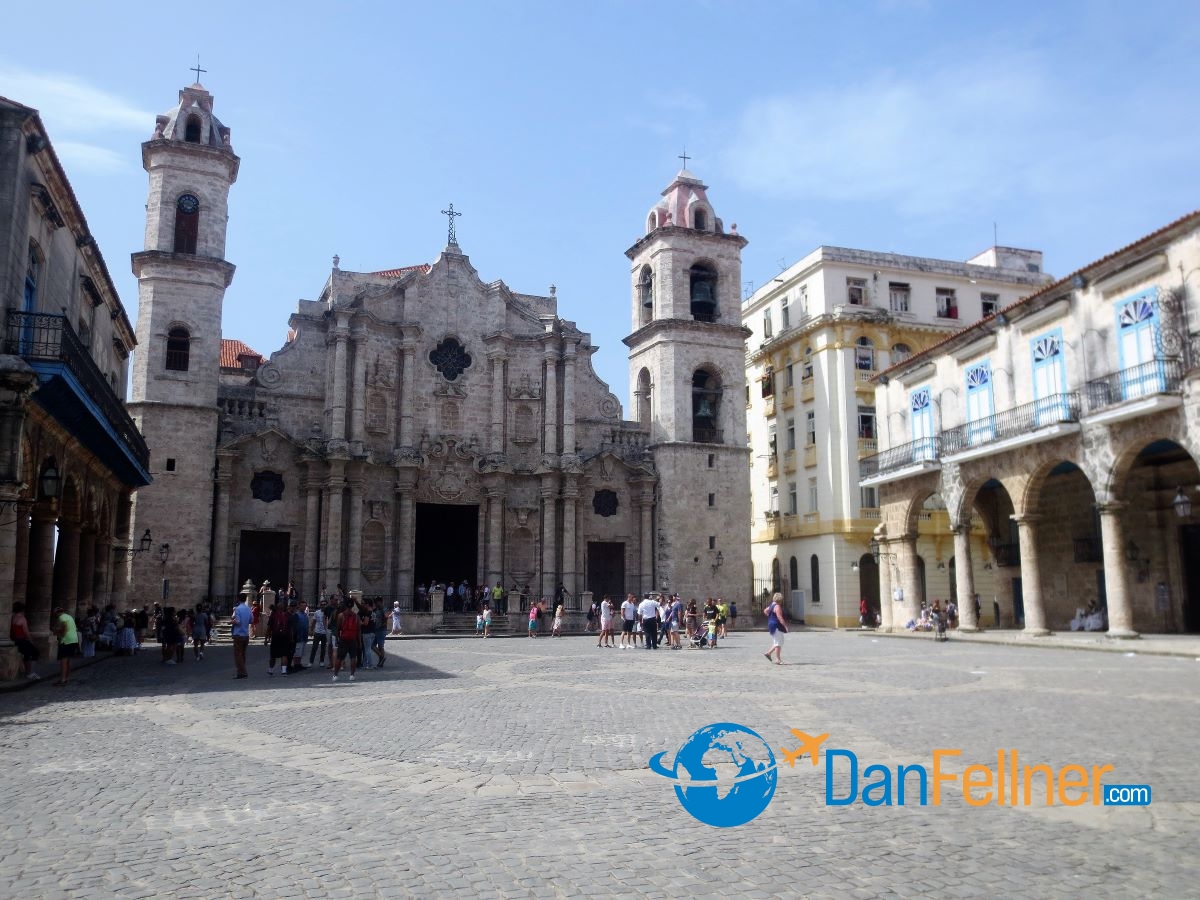
In the case of the vintage cars, this means keeping the vehicles freshly painted, the chrome fenders sparkling, and the gas-guzzling engines running with spare parts from anywhere Cubans can find them.
“The locals say that if you open the hood, you can find the United Nations in there,” he says. “Because there are parts from all over the world.”
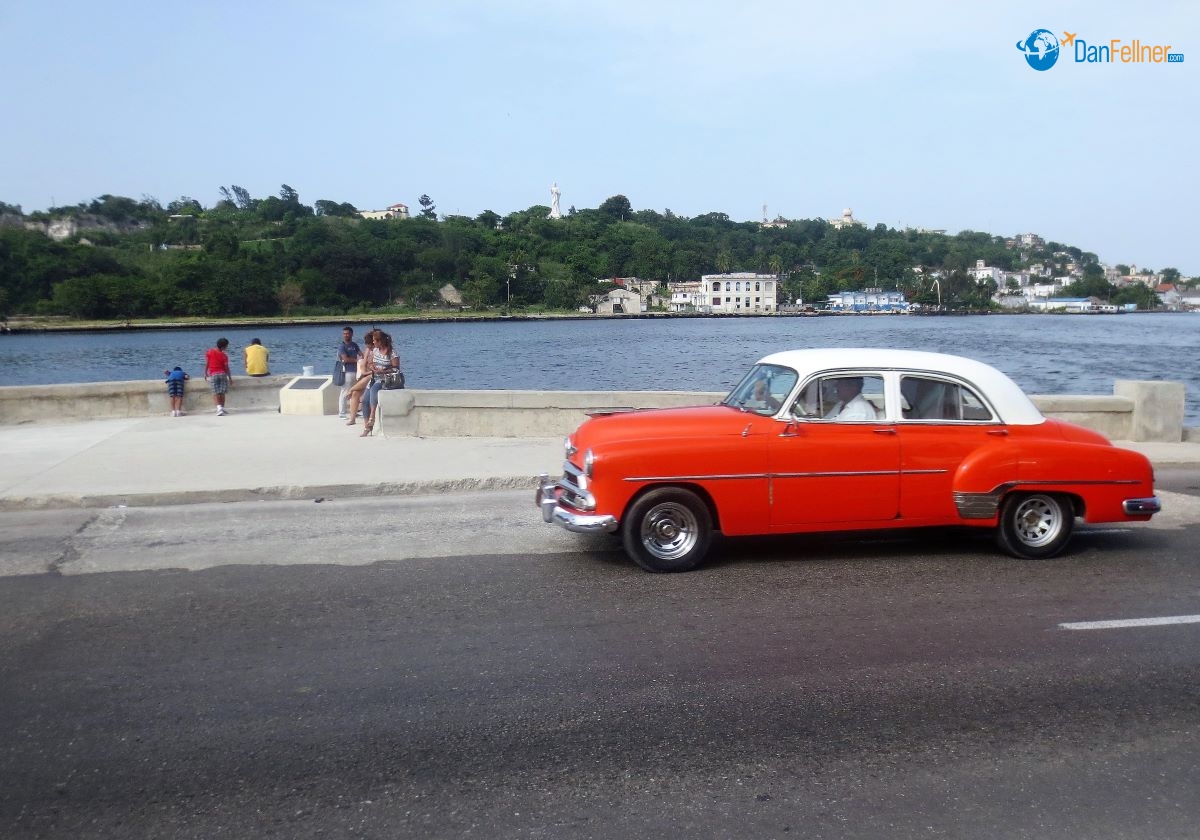
Havana’s famous Malecón, a 5-mile seaside promenade.
Many of the almendrones are used as taxis; like most cabs around the world, negotiate the fare before you hop in. It’s hard to beat a drive in a 1950s convertible on Havana’s famous Malecón, a 5-mile seaside promenade that begins in Old Havana one block from where the cruise ships dock.
Cruising is a relatively safe and convenient way to visit Cuba. The tours offered by the Veendam are designed to conform to the “people-to-people” State Department requirements.
In Havana, we were taken to see a community center that houses the work of local artists, with proceeds benefiting the poor. And while the tour guides are employed by government-owned travel agencies, they didn’t inundate us with pro-Castro propaganda and freely answered our questions, even about Castro’s colorful private life.
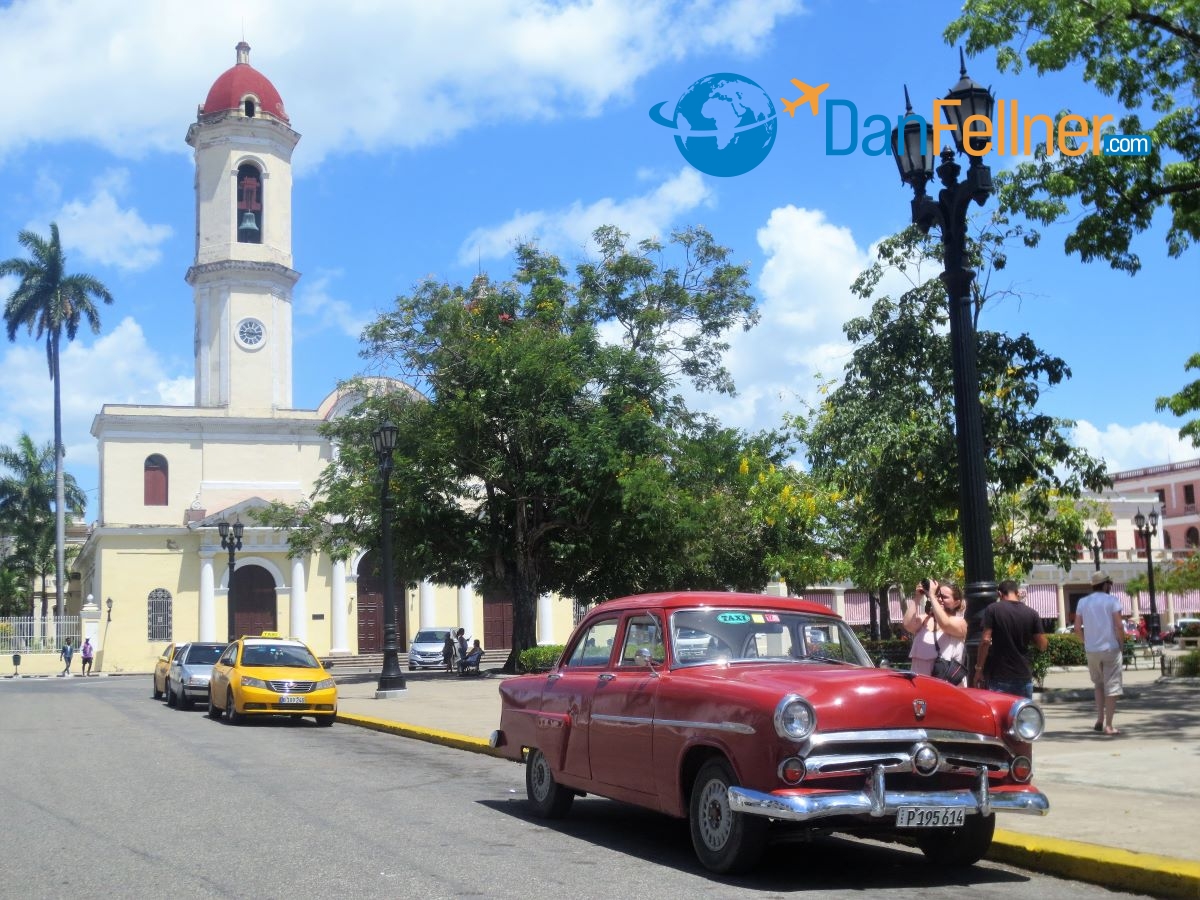
The historic center of Cienfuegos, Cuba, is a UNESCO World Heritage Site.
I was expecting to see Castro’s image plastered all over the city. Not so. One of our guides told us that before he died in 2016 at the age of 90, the Cuban dictator decreed that he didn’t want his likeness used for political or commercial purposes.
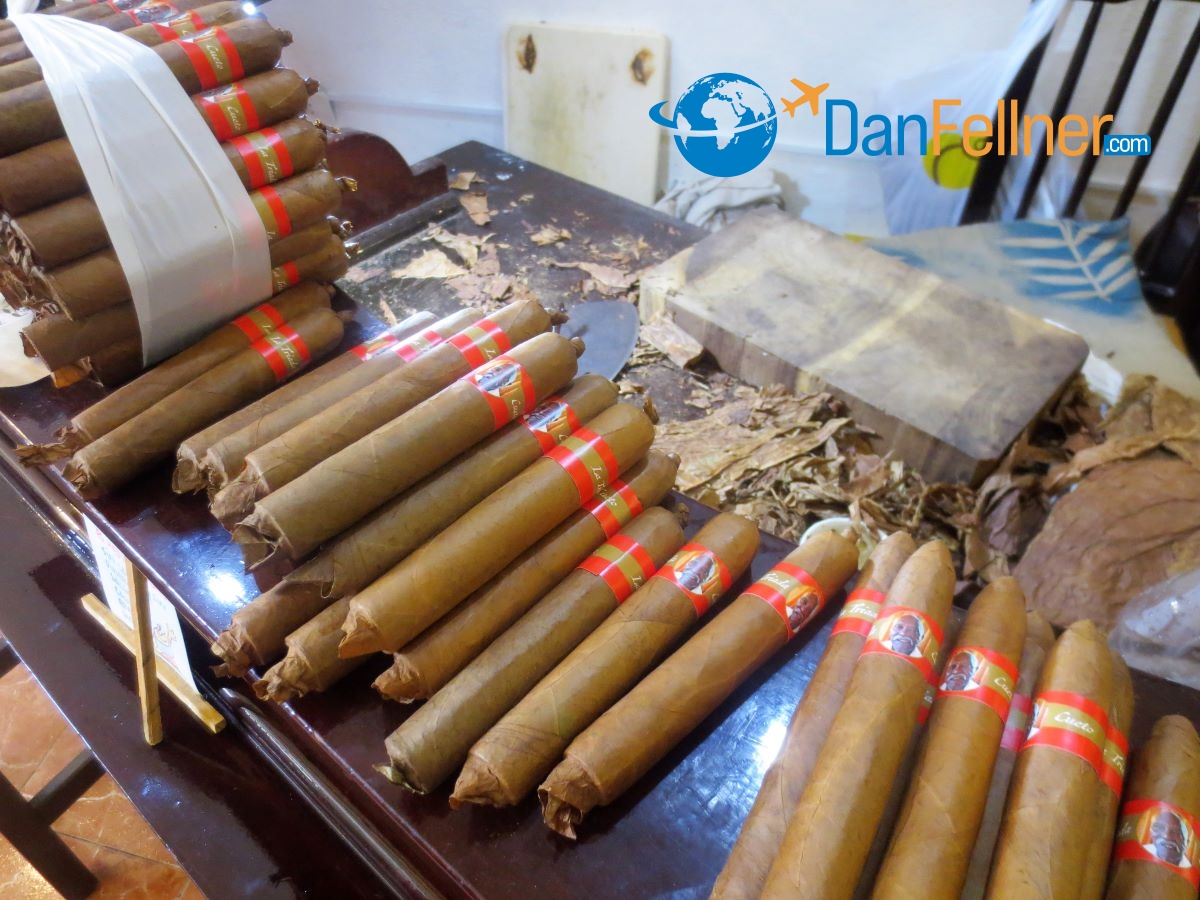
Cuban cigars for sale in Havana.
Instead, billboards and political posters of another Marxist revolutionary who helped Castro rise to power – Argentine-born Che Guevara – are seen throughout Havana. Merchandise with Guevara’s likeness fills souvenir shops. In Revolution Square, where Castro was known to give speeches that lasted up to eight hours, a steel memorial of Guevara dominates the façade of the country’s Ministry of Interior building.
In addition to Havana, we also spent a day in Cienfuegos, a city of about 150,000 people on Cuba’s southern coast. Dubbed La Perla del Sur (“Pearl of the South,”) its historic city center has been designated a UNESCO World Heritage Site.

Che Guevera merchandise for sale in Cuba.
If you can tolerate the heat and humidity, now is an excellent time to visit Cuba. The door to visit the country is partly open and can swing either way. If it closes shut, Americans will no longer be able to visit. If it swings wide open, the island will likely be overrun with tourists and lose much of its authenticity.
“There are no McDonald’s, no Wal-Marts, no Starbuck’s,” noted Gonzalez Larumbe about the country he has visited some 50 times. “Yet.”
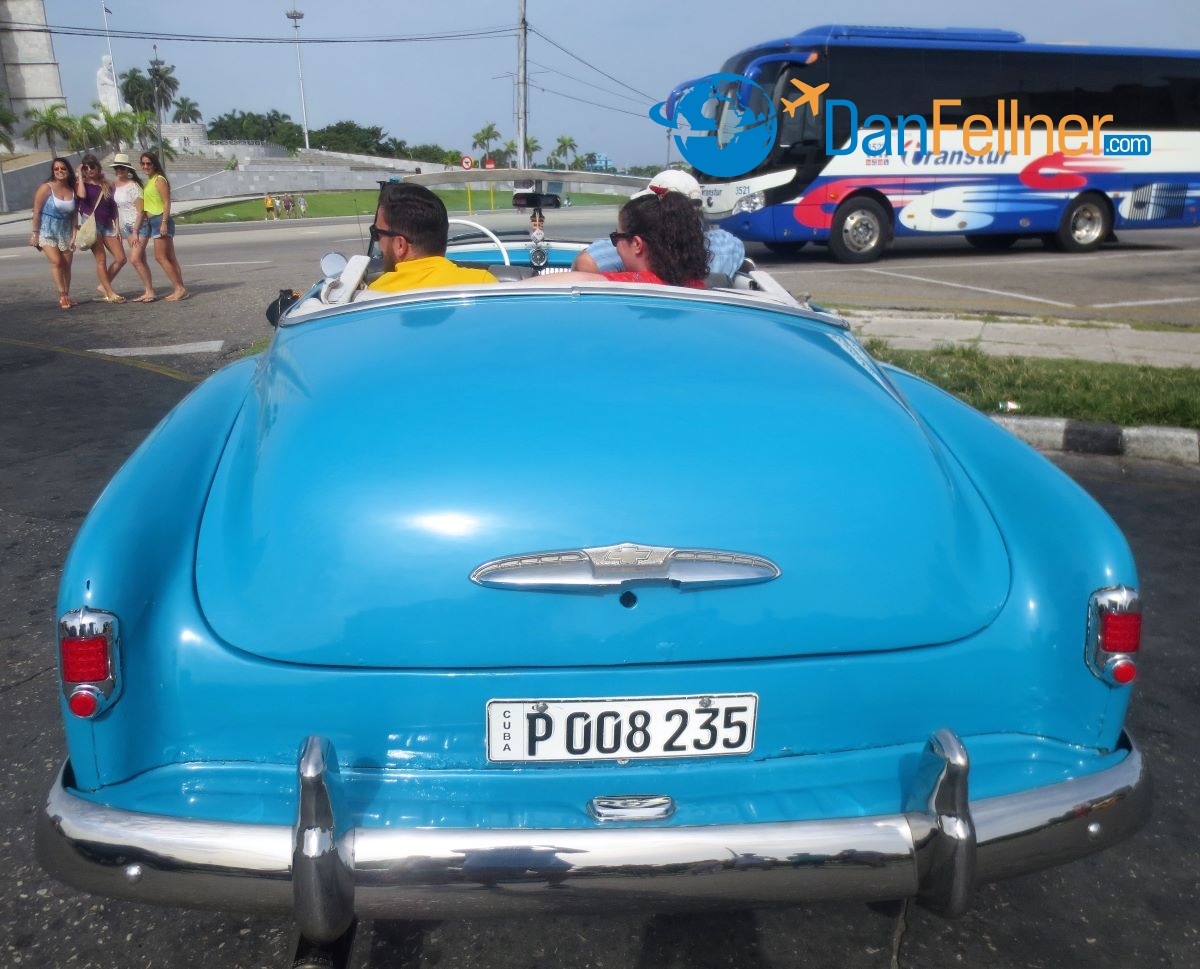
© 2018 Dan Fellner

